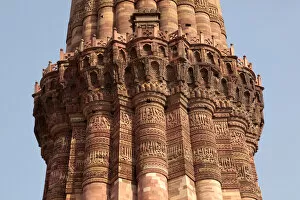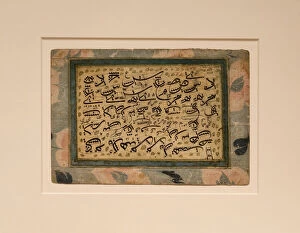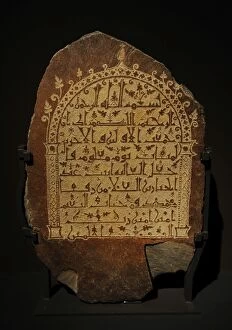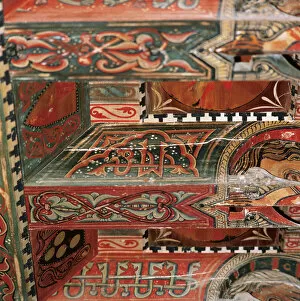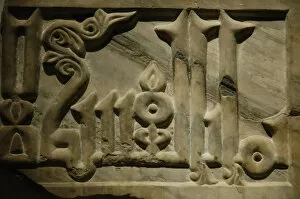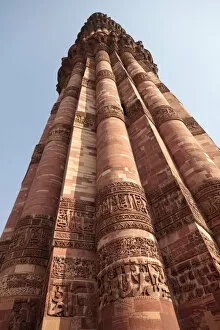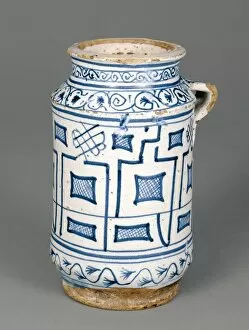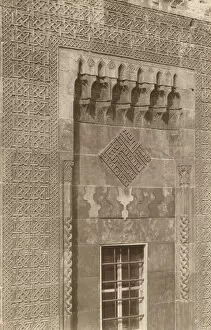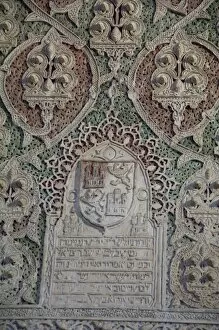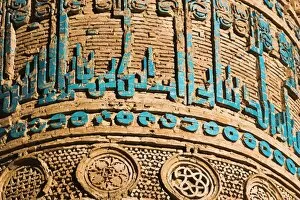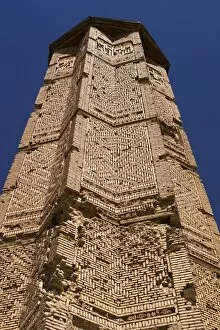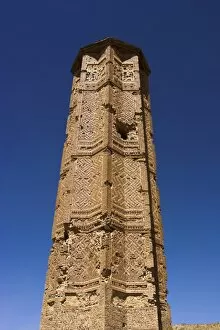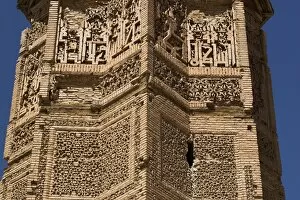Kufic Collection (#2)
Kufic, an ancient Arabic script, holds a rich history and cultural significance
For sale as Licensed Images
Choose your image, Select your licence and Download the media
Kufic, an ancient Arabic script, holds a rich history and cultural significance. Its distinctive geometric forms can be seen in various artistic expressions throughout the centuries. One example is a mesmerizing mosaic adorned with Arab and Kufic calligraphy on the top of a wall. This intricate artwork showcases the beauty script combined with vibrant colors, creating a captivating visual experience. Delving into manuscripts, we discover a Kufic manuscript from India's Delhi region. The delicate inscriptions on the Qutub Minar reveal the mastery of this script in architectural contexts. It serves as a testament to its enduring presence across different cultures and time periods. Exploring further, we encounter an intriguing table displaying ancient written alphabets. Among them stands out Kufic script, highlighting its importance as one of humanity's earliest modes of written communication. Moving towards Islamic heritage, we find tombstones engraved with Kufic inscriptions such as that belonging to al-Ghaliya, daughter of Abd al-Jabbar. These epitaphs not only commemorate individuals but also showcase the elegance and precision inherent in Kufic calligraphy. Turning our attention to religious texts like The Qur'an, we come across pages from copies dating back several centuries. Whether it is a 9th/10th-century creation or one from the 13th/14th century, these manuscripts exemplify how Kufic has been used for preserving sacred knowledge over generations. In artistry beyond religious contexts lies an enigmatic painting titled "Old Man Attended by Visitors. " Although its creator remains unknown, it features elements influenced by Kufic aesthetics—a testament to how this script transcends boundaries between secular and spiritual realms. Even in more recent times like England during c. 1870 or Eastern regions during the 11th century AD. , examples like panels or Quran leaves demonstrate that despite evolving styles and influences over time—Kufic continues to captivate and inspire.

